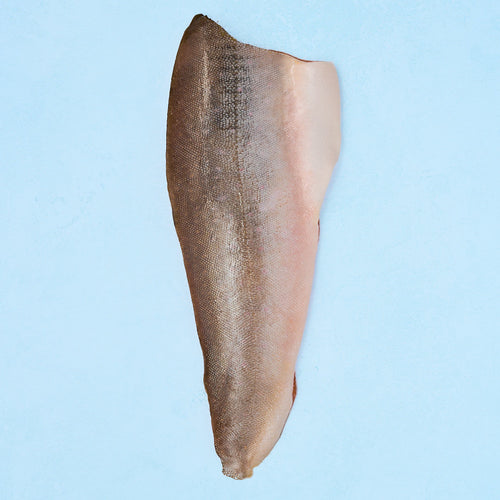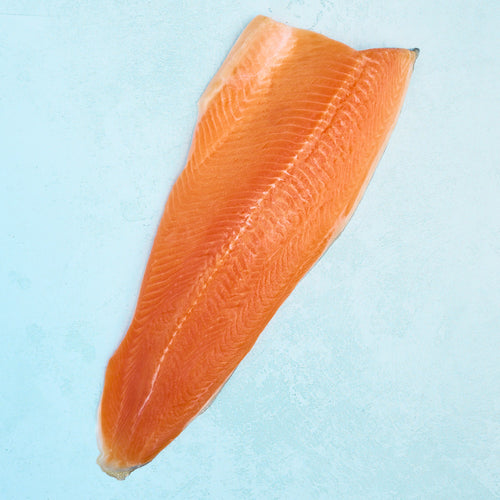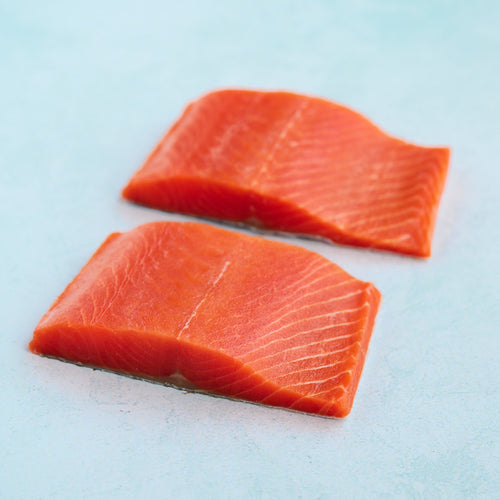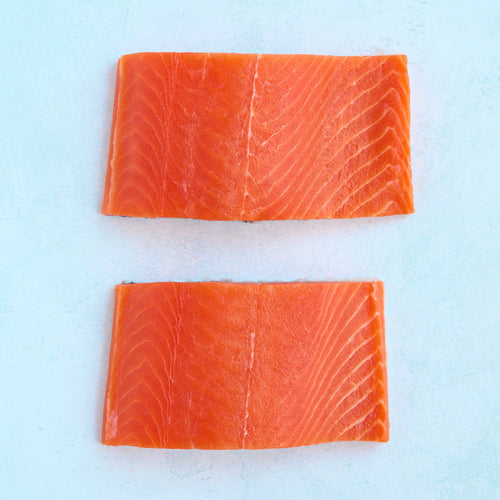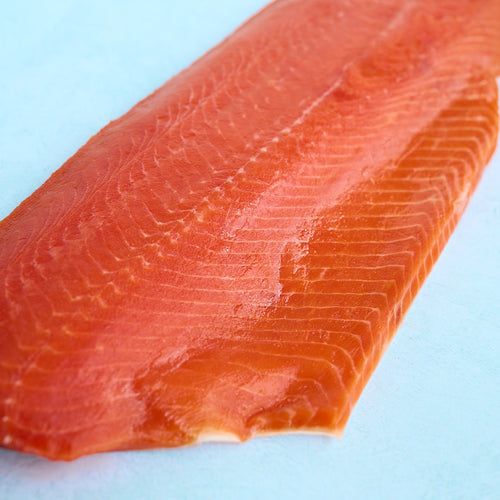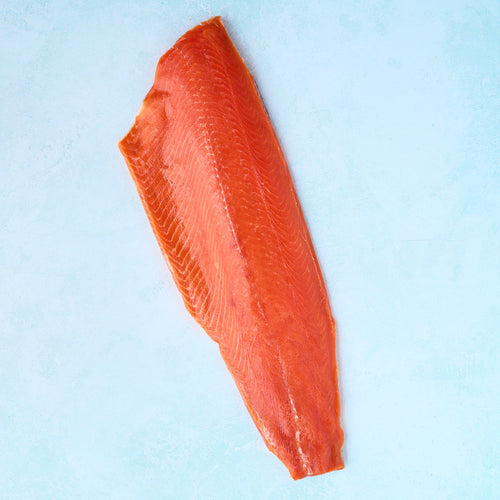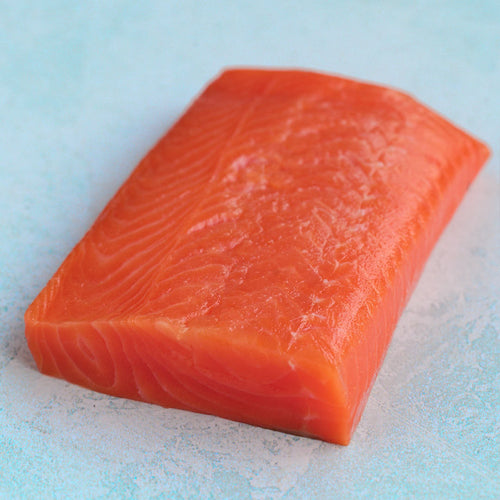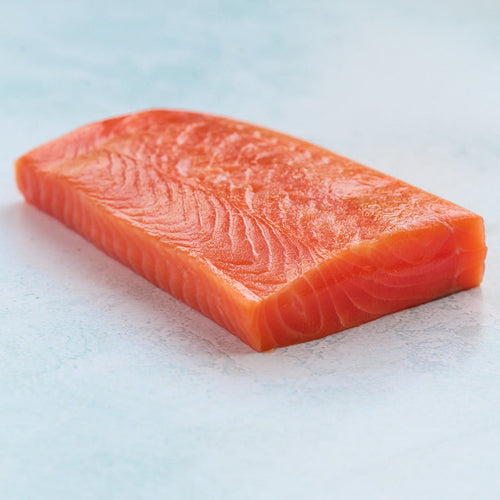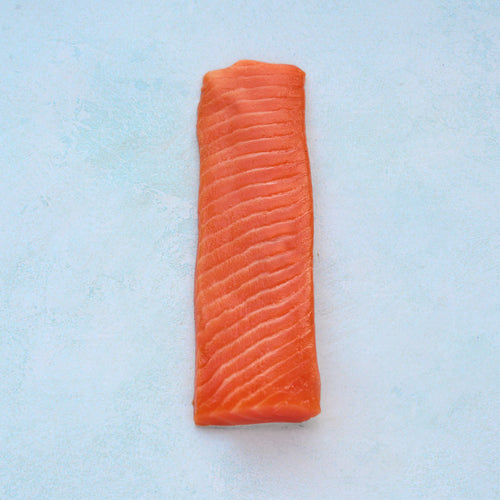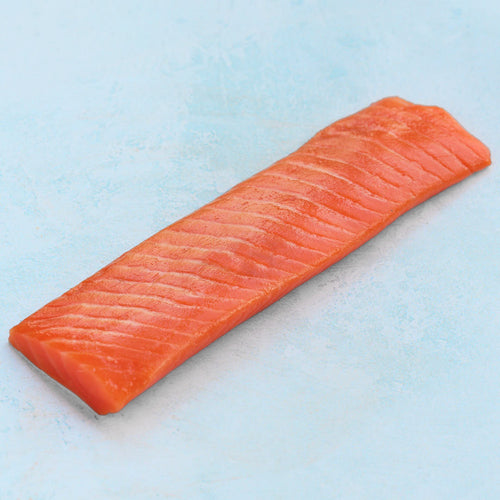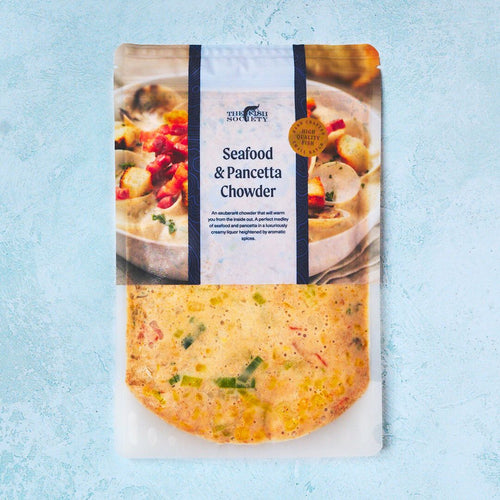Why did you stop selling eel?
A customer emailed to ask that question. Here is our reply:
Hi Dave
Thanks for writing to us about The Sustainable Eel Group. In fact, we know them well.
From our research including talking to the IUCN we concluded that although the SEG does good things, it is just papering the gaps. I wouldn't pretend to be an expert on this issue, but the following sets out the picture as we see it.
The eel is threatened by many factors other than commercial exploitation for food. River management for flood protection, power generation and other purposes has been a grave threat for decades. However, a serious new problem has emerged in recent years, which is the poaching of glass eels (ie baby eels). They are sold to Chinese eel farms to be raised to adulthood. Huge prices are paid - some fishermen in some recent years have been paid $3,000 a kilo for glass eels. (Heaven only knows what they're worth by the time they have been flown to China.)
The thing is... this crazy price seems cheap to a Chinese eel farmer with insatiable demand way beyond the waning supply of glass eels in his own country. You have to divide $3,000 by at least a thousand if not three thousand to understand what is going on here.
A glass eel weighs between half a gram and three grams. A mature eel ready for harvesting might weigh five thousand grams (5 kilos). Sure, they have to be nurtured and fed in the meantime. But you can afford a lot of upkeep with margins like that. $1,500 represents only cents per kilo for an eel's adult weight, which will sell (on equivalent weight basis) at $60 or more.
Once sent to an eel farm, glass eels cannot generate their replacements. Their progeny is lost to the world forever. They will have none. Other fish - notably salmon and prawns - can be bred in hatcheries. For these fish, farms can rely on hatcheries and indeed the wild population can also be assisted by hatcheries (hatcheries enabled Pacific salmon to recover from a low point 50 years ago).
But no-one has mastered how to hatch eels. Indeed no one has figured how to mate them (although they're working on it). All eel farming is based on catching young wild eels and moving them to farms. The big eel fishery in Lough Neagh is only sustained by replacing the catch with wild eels caught in Europe and matured in the Lough.
When you see old footage of huge shoals of glass eels migrating up rivers in the spring, it is hard to think that this naturally abundant fish could have come to its present situation. But the population is down by 99% in every country where they are counting. At $1,500 a lb for glass eels, no wonder the eel is under threat.
Very reluctantly, as smoked eel is one of my most favourite fish, we decided the right thing was to discontinue selling eel. If we see any sustainable recovery in the eel population, we will relist this item.
I suggest you watch this video. It is set in Maine USA but in my understanding, the same story applies everywhere.
I hope this explains how we came to this difficult decision. We debated it here for months.
Thanks for being a customer.
Alistair Blair
The Fish Society
[weight of a glass eel] (downloads as PDF)
New in
Find exactly what you want. We sell 200 kinds of fish - way more than anyone else.
SHOP NEW IN